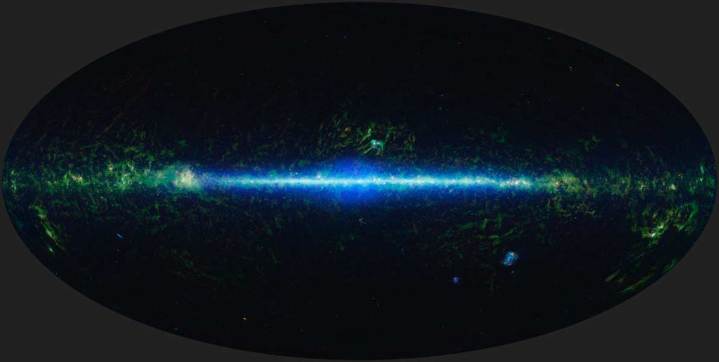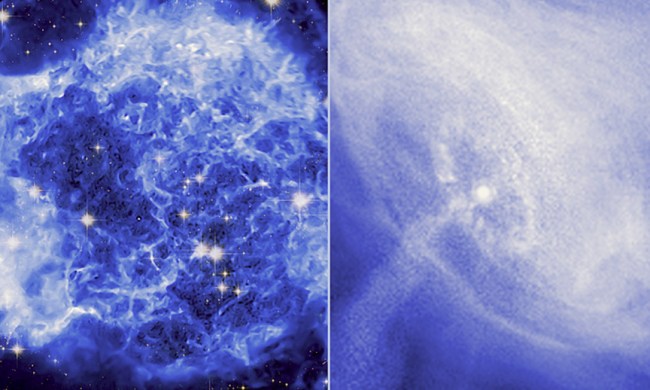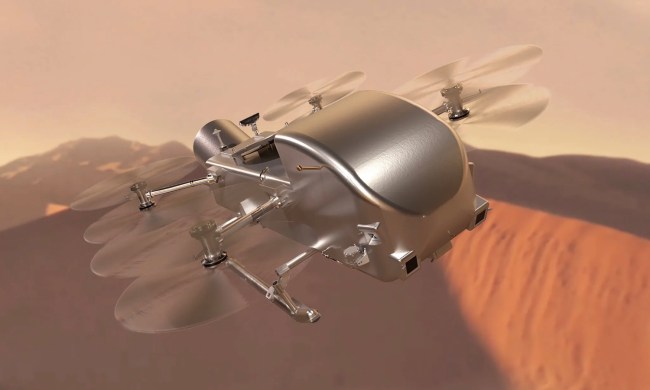You might think that the sky above is unchanging, at least on our human timescales, but that isn’t the case. The night sky is active and changing, and it’s visible even on scales of years. Recently, NASA shared a time lapse animation showing the changes in the night sky over a period of more than a decade. Using data collected by the NEOWISE spacecraft, this all-sky map shows how the sky has changed between the launch of the spacecraft in 2009 and today.
“If you go outside and look at the night sky, it might seem like nothing ever changes, but that’s not the case,” said Amy Mainzer, principal investigator for NEOWISE at the University of Arizona, in a statement. “Stars are flaring and exploding. Asteroids are whizzing by. Black holes are tearing stars apart. The universe is a really busy, active place.”

Near-Earth Object Wide Field Infrared Survey Explorer (NEOWISE) was originally a mission to search for objects outside our solar system. NASA’s space-based WISE telescope scanned the entire sky in the infrared from its launch in 2009 until it completed its primary mission in 2011, but the telescope still worked, so it was reactivated and renamed in 2013 and used to look for nearby asteroids and comets, like the famous comet named after it. As the mission has been running for so long, it has provided a wealth of data showing how the sky changes over time.
“We never anticipated that the spacecraft would be operating this long, and I don’t think we could have anticipated the science we’d be able to do with this much data,” said Peter Eisenhardt, an astronomer at NASA’s Jet Propulsion Laboratory and WISE project scientist.
The mission is able to complete an all-sky image every six months, and data from the mission has been used to identify feeding black holes — stars which are in the process of forming — and to spot previously hidden brown dwarfs. Its data has been used both by professional astronomers and by citizen scientists, such as in the Backyard Worlds project which identified almost 100 nearby brown dwarfs.



